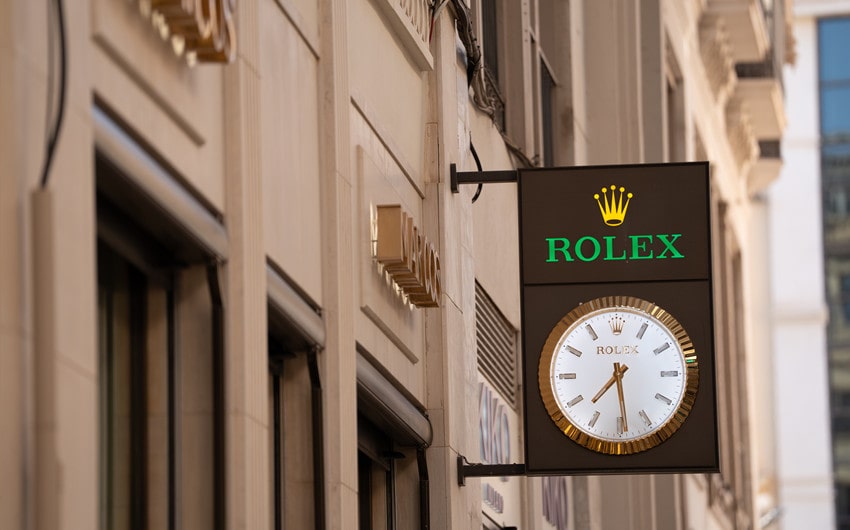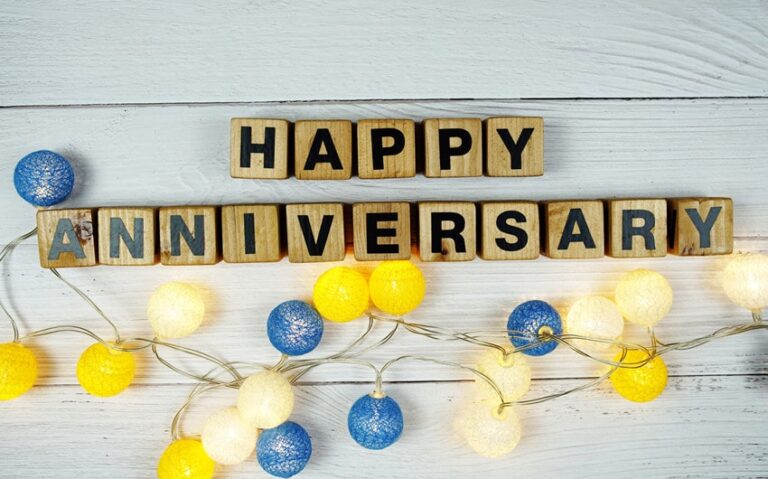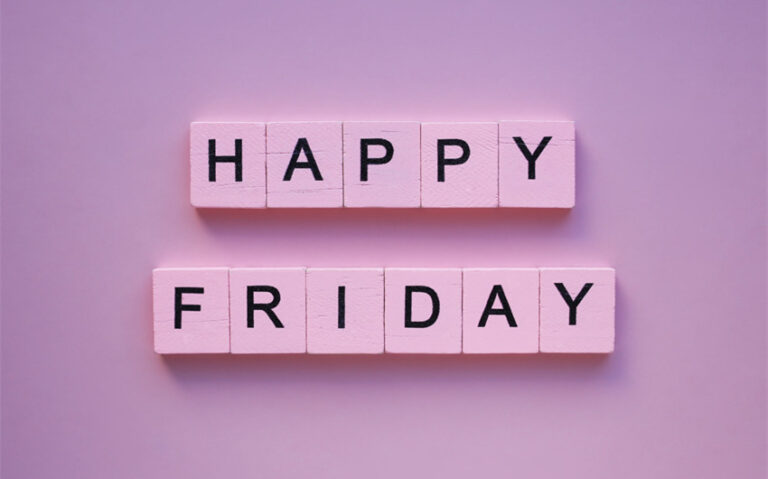Why Rolex Watches Are So Expensive and What Justifies the Price
I’ve never owned a Rolex, but I’ve stared at them long enough to wonder: why are Rolex watches so expensive? I don’t mean just pricey—I mean shockingly, intimidatingly, second-mortgage expensive. So I decided to dig into it. What makes a Rolex tick beyond time?
More Than a Watch—It’s a Symbol
Let’s be honest: nobody buys a Rolex purely to tell the time. That’s what a $10 digital watch does—accurately and efficiently. So what’s the draw? A Rolex is a symbol, a signifier, a subtle (or not-so-subtle) way of saying “I’ve made it.” Whether someone’s wearing one to a boardroom meeting or passing it down to their child, the watch carries meaning far beyond its hands and dials.
What makes this symbolism so powerful is its cultural weight. In movies, business circles, or luxury ads, Rolex always plays the same role: success incarnate. Think about James Bond, who wore a Rolex before switching to Omega. Or real estate agents who flash one just enough to show clients they’re “doing well.” It’s not just a flex—it’s a narrative.
And that narrative adds a premium. When you buy a Rolex, you’re not just buying craftsmanship—you’re buying membership to a legacy of excellence and prestige. That’s a tough thing to put a price on, which is exactly why Rolex can.
Incredible Craftsmanship Behind the Scenes
Before I started digging, I assumed Rolex watches were mostly machine-made—mass-produced like sneakers with a luxury markup. That assumption was wildly off. Rolex takes craftsmanship seriously. Painfully seriously. Every watch is hand-assembled and tested with a level of detail that borders on obsessive.
They manufacture their own movements—those intricate, beating hearts inside the case—and certify them with the Swiss COSC (Contrôle Officiel Suisse des Chronomètres). But Rolex doesn’t stop there. It applies its own more rigorous standards, known as the “Superlative Chronometer” certification. In essence, Rolex tells the Swiss: “Your test is cute. We’ll do better.”
Each component, from the gear train to the rotor to the clasp, goes through rigorous quality control. One scratch, one misalignment, and it’s back to the bench. Rolex even employs expert gemologists—not to just buy diamonds, but to verify their authenticity and set them with microscopic precision. That level of care doesn’t come cheap, and it shows in the final product.
Materials That Are Built to Outlast You
What surprised me most is how Rolex controls its materials. They don’t just order high-grade metals—they make them. Rolex owns its own foundry, where it melts and alloys precious metals like gold and platinum. Their proprietary Everose gold, for instance, is engineered not to fade over time like traditional rose gold. It holds its color for decades.
Then there’s Oystersteel, Rolex’s version of 904L stainless steel—a metal that resists corrosion better than most marine-grade alloys. It’s more durable and more difficult to machine, which means longer production times and higher costs, but also a more resilient watch that still shines after years of use.
Even the crystal isn’t glass—it’s scratch-resistant synthetic sapphire, second in hardness only to diamonds. Most of us won’t throw our watches into a volcano, but Rolex seems determined to build something that could survive it anyway.
Innovation Disguised as Tradition
Rolex isn’t flashy about innovation, but that doesn’t mean it isn’t constantly evolving. Many of their watches look the same today as they did 40 years ago, and that’s the point. But under the hood? Entirely different story.
The brand introduced the first waterproof wristwatch (the Oyster) in 1926, the first watch with an automatically changing date (the Datejust) in 1945, and the first timepiece to show two time zones at once (the GMT-Master). Every few years, they quietly upgrade movements, materials, and mechanisms—but rarely make a fuss about it.
Instead of trend-chasing, Rolex focuses on refinement. A small tweak to the case size, a better clasp, an improved caliber with longer power reserve—all done slowly, deliberately, and only after years of R&D. And they don’t outsource. Rolex is vertically integrated, which means everything from bracelet to balance spring is crafted in-house. That kind of control takes time, labor, and a lot of money.
Exclusivity That Fuels Desire
Try walking into a Rolex boutique and asking for a Submariner or Daytona. Odds are you’ll get a polite chuckle or a waiting list that sounds suspiciously like “never.” Rolex keeps supply intentionally tight, especially on high-demand models. It’s an old-school strategy that modern brands are scrambling to imitate.
This manufactured scarcity creates what economists call “perceived value.” The less available something is, the more we want it. And when people see resale values jumping 30–50% above retail for certain models, that FOMO kicks in hard. Suddenly, a $9,000 watch looks like a smart investment—or at least one you’ll regret not buying.
Rolex rarely announces production numbers. It doesn’t flood the market. And it doesn’t discount. That iron grip on distribution keeps their brand mystique strong—and their prices even stronger.
Longevity That Turns Into Legacy
My phone lasts maybe three years. My laptop, five if I’m lucky. But a Rolex? People hand them down. They wear them into their 80s. There’s something grounding about that. In a world where everything is rapidly replaced, Rolex is built to endure.
Every part of the watch is engineered for longevity. Screw-down crowns, gaskets, robust case backs—all built to survive decades of wear. Service a Rolex every ten years, and it could last longer than you. I’ve heard stories of someone inheriting a 1970s Datejust that still runs perfectly. That doesn’t just make it a tool—it makes it a time capsule.
And with legacy comes emotion. People buy a Rolex to celebrate promotions, anniversaries, retirements. They engrave the caseback. They tell stories about it. This emotional attachment adds a layer of personal value that money can’t quantify—but Rolex clearly does.
So, Is It Worth the Price?
It depends on how you define “worth.” If you’re looking for pure utility, no, a Rolex isn’t necessary. You can track time with your phone or a $50 Casio. But if you value heritage, durability, and design backed by generations of excellence, then yes—it starts to make a lot more sense.
I still haven’t bought one. Maybe I never will. But I understand now that the price of a Rolex isn’t just about profit. It’s about mastery, consistency, symbolism, and the strange power of time itself. In a world of fast everything, Rolex takes it slow—and that’s part of the magic.






